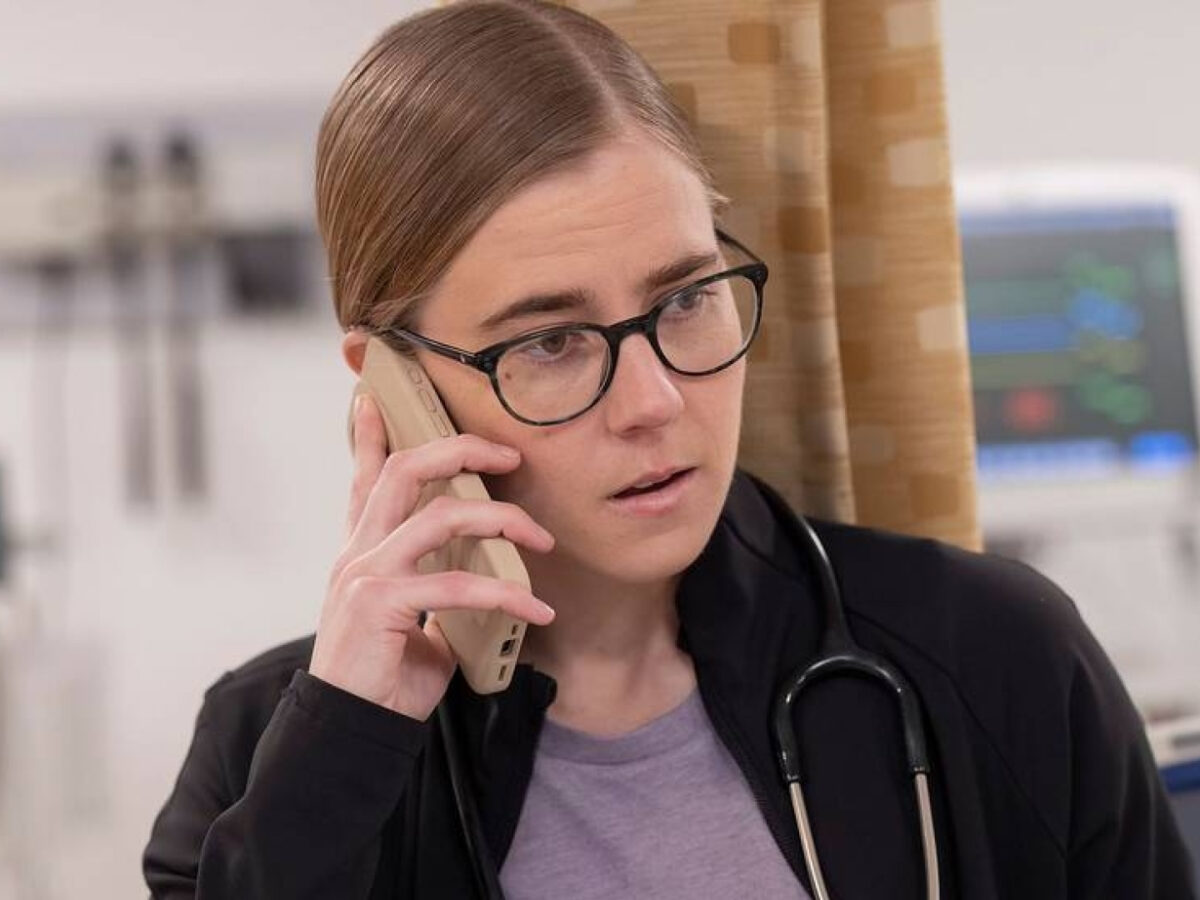Adult Swim has always had a flair for the absurd, the uncanny, and the brilliant. But with “Common Side Effects”, the network has uncorked something radically unique: an animated conspiracy thriller that simultaneously mocks and mourns our fractured healthcare system. Co-created by Steve Hely and Joseph Bennett of “Scavengers Reign” fame, this 2025 hit flips the script on fungal horror and instead offers up a world where mushrooms don’t kill you—they heal you. And naturally, that’s where the real danger starts.
In a media landscape still reverberating with the emotionally harrowing echoes of “The Last of Us,” it’s refreshing to see a show that treats fungal power with levity and technicolor weirdness. As reported by SlashFilm, “Common Side Effects” is the anti-“Last of Us,” not just in tone, but in worldbuilding. This series revels in its surrealism, balancing moments of heartfelt human drama with outright psychedelic lunacy. It is, in every sense, a love letter to animation’s potential.
Magic Mushrooms Meet Corporate Paranoia
At the center of “Common Side Effects” is Marshall Cuso, voiced with dry brilliance by Dave King. A mycologist by trade, Marshall discovers the mythical Blue Angel Mushroom, a cure-all fungus that obliterates illness and even death. But in a society where cures are less profitable than treatments, Marshall’s miracle quickly turns him into public enemy number one.
Enter the show’s dynamic DEA duo: Agent Copano (Joseph Lee Anderson) and Agent Harrington (Martha Kelly), tasked with hunting down Marshall before he disrupts the multi-trillion dollar medical-industrial complex. Their chase is a mix of buddy cop charm and biting satire, laced with dance breaks, existential doubt, and walkie-talkie-delivered Harry Belafonte tunes.
As noted by SlashFilm, this is not your average adult animation. The series eschews both slapstick and gore in favor of a storytelling mode more akin to “Undone” or “Pantheon”: slow-burn, speculative, and visually striking. The series uses its sci-fi premise to critique capitalism, spotlight health care inequities, and ponder if humanity is even ready for salvation without a price tag.
Fungal Fantasies and Pill People
Where “Common Side Effects” excels most is in its imaginative visuals and world-building. Consuming the Blue Angel Mushroom sends characters on vivid internal trips, populated by humanoid pill-beings and a shimmering “portal world.” At first, these seem like symbolic representations of the healing process, but as the show progresses, these psychedelic guides begin to bleed into reality.
There’s a creeping suspicion that the mushroom isn’t just curing ailments—it’s networking with the human brain. Characters reference “the will” of the fungus, hinting that it may have agency of its own. The question arises: is this a benevolent cure or just another intelligent organism seeking dominance? The brilliance of the show lies in not answering that outright.
The entire aesthetic, from its pastel-hued apocalyptic cities to the glowing spores of the Blue Angel, feels like Studio Ghibli by way of Philip K. Dick. It’s weird, yes. But it’s also profoundly moving, in part because the show never loses sight of the human cost behind every absurd twist. Animation this lush rarely carries such weight.
Healing or Hijacking?
“Common Side Effects” may be bizarre, but its themes are anything but abstract. In fact, the show sits comfortably within what Google defines as YMYL (Your Money or Your Life) content—material that affects health, safety, or financial stability. And that’s what makes its satire sting.
By imagining a world where illness is optional, the series forces viewers to confront uncomfortable truths about who benefits from disease. The mushroom may be fictional, but the desperation it addresses is very real. That blend of speculative fiction and emotional sincerity is what elevates this show beyond typical genre fare.
With a second season already greenlit, viewers can expect more questions, more conspiracy, and perhaps, more clarity about the true intent of the Blue Angel Mushroom. Until then, it’s worth asking: if you had a cure-all fungus, would you share it with the world, even if it made you a target?



















